Sports and outdoor activities play an essential role in a child’s physical, social, and emotional development. Whether it’s football, cricket, basketball, swimming, or gymnastics, sports help build strength, coordination, teamwork skills, and confidence. However, active play also comes with the risk of injuries — especially in growing children whose bones, muscles, and joints are still developing. While some injuries are minor, others can lead to long-term issues if not treated promptly. In this article, we’ll explore the most common sports injuries in kids, what causes them, and how parents and coaches can help prevent them. 1. Sprains and Strains Sprains occur when ligaments (the tissues connecting bones) are stretched or torn. Strains involve stretching or tearing of muscles or tendons. These injuries often happen in the ankle, wrist, or knee during sudden twists or awkward landings. Prevention tips: 2. Growth Plate Injuries Growth plates are areas of developing tissue near the ends of children’s long bones. They are weaker than surrounding ligaments and muscles, making them vulnerable during falls, collisions, or overuse. Prevention tips: 3. Fractures (Broken Bones) Fractures can occur from falls, direct blows, or collisions. In children, bones heal faster than in adults, but proper alignment during healing is crucial to prevent deformities. Prevention tips: 4. Overuse Injuries Repeated stress on certain joints or muscles can lead to overuse injuries like tendonitis or stress fractures. These often occur in sports that involve repetitive motion — such as swimming, running, or tennis. Prevention tips: 5. Concussions and Head Injuries Concussions are mild brain injuries usually caused by a direct blow to the head or sudden impact. Even mild concussions require medical attention. Prevention tips: 6. Dislocations A dislocation happens when a bone slips out of its joint. While rare in children compared to adults, they can still occur in contact sports or falls. Prevention tips: General Prevention Guidelines for Parents and Coaches Final Word for Parents Sports injuries in children are often preventable with the right preparation, training, and safety measures. Encouraging safe play, using protective equipment, and allowing adequate rest can help children enjoy sports while minimizing the risk of injury. If your child experiences persistent pain, swelling, or restricted movement after playing sports, consult a pediatric orthopedic specialist immediately. Early diagnosis and treatment help ensure a complete recovery and safe return to play. Clinic Address:C-7, Ground Floor, D- Park, Model Town -3, New Delhi 110009 Call/WhatsApp: +91 88517 77145 Website: childorthocare.online













